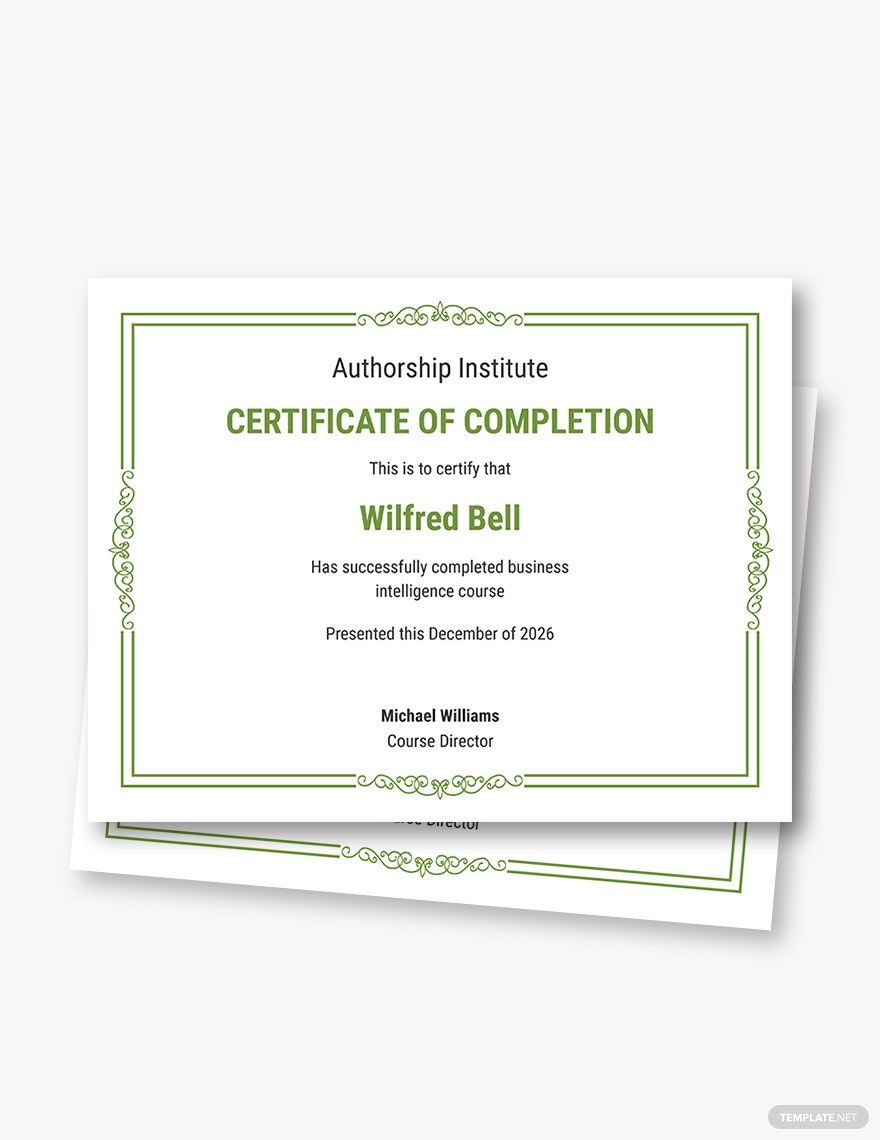Car Accident Neck and Back Pain: Understanding Whiplash and Its Impact
If you’ve been involved in a car accident, you’re likely familiar with the telltale signs of whiplash – that nagging pain in your neck and back. But what exactly is whiplash and how does it affect the body? Whiplash is a condition caused by the sudden and forceful movement of the head and neck during a car accident. This rapid movement can strain the muscles, ligaments, and tendons that support the neck and spine, leading to a variety of symptoms, including pain, stiffness, and reduced range of motion.
Symptoms: Beyond the Neck and Back
While neck and back pain are the most common symptoms of whiplash, the condition can also affect other areas of the body. Some individuals may experience headaches, dizziness, fatigue, and difficulty concentrating. In severe cases, whiplash can even cause numbness or tingling in the arms or legs. The severity and duration of symptoms can vary depending on the force of the impact and the individual’s overall health.
Diagnosis: Ruling Out Other Injuries
If you suspect you have whiplash, it’s crucial to seek medical attention promptly. A doctor can assess your symptoms, perform a physical examination, and order diagnostic tests, such as X-rays or MRIs, to rule out any other underlying injuries, such as fractures or spinal cord damage. Early diagnosis and treatment can help speed up recovery and prevent long-term complications.
Treatment: A Multifaceted Approach
Treatment for whiplash typically involves a combination of methods, such as pain relievers, physical therapy, and chiropractic care. Over-the-counter pain relievers, such as ibuprofen or acetaminophen, can help reduce inflammation and pain. Physical therapy can help strengthen the muscles that support the neck and spine, improve range of motion, and reduce stiffness. Chiropractic care involves manual adjustments to the spine and joints to restore proper alignment and reduce pain.
Recovery: Time and Patience
Recovery from whiplash can take time and patience. The healing process can vary depending on the severity of the injury and the individual’s response to treatment. Most people experience a significant improvement in their symptoms within a few weeks or months. However, some individuals may experience lingering symptoms for longer periods. It’s important to follow your doctor’s instructions and continue with prescribed treatments to promote optimal recovery.
Car Accident Neck and Back Pain: A Guide to Symptoms and Treatment
Car accidents are a leading cause of neck and back pain, and the effects can be both immediate and long-lasting. If you’ve been involved in a car accident, it’s important to be aware of the potential symptoms of neck and back pain, so you can seek medical attention if necessary. This guide will provide you with an overview of the common symptoms of car accident neck and back pain, as well as some tips for treatment.
Symptoms of Car Accident Neck and Back Pain
The symptoms of car accident neck and back pain can vary depending on the severity of the accident and the individual’s own unique physiology. However, some of the most common symptoms include:
- Pain in the neck, back, or shoulders
- Stiffness in the neck or back
- Limited range of motion in the neck or back
- Headaches
- Dizziness
- Numbness or tingling in the arms or legs
- Weakness in the arms or legs
- Loss of balance
- Fatigue
- Difficulty sleeping
Car Accident Neck and Back Pain: Understanding the Causes
After a car accident, it’s not uncommon to experience neck and back pain. These injuries can range from minor stiffness to debilitating chronic conditions. Understanding the underlying causes of these pains is crucial for effective treatment and recovery.
Whiplash and Neck Pain
Whiplash is a common neck injury resulting from a sudden, forceful jolt of the head and neck, typically caused by a rear-end collision. This abrupt movement strains the muscles and ligaments supporting the spine, causing pain, stiffness, and decreased range of motion.
Back Pain from Spinal Compression
Car accidents can also lead to back pain due to spinal compression. When a heavy object, such as a vehicle, impacts the body, it can compress the spine, injuring the vertebrae, discs, and surrounding tissues. This compression can cause intense pain, nerve damage, and even paralysis in severe cases.
Soft Tissue Injuries and Back Pain
In addition to spinal compression, car accidents can cause soft tissue injuries to the back, such as sprains, strains, and tears in the muscles, tendons, and ligaments. These injuries are often characterized by pain, swelling, bruising, and difficulty moving the affected area. While less severe than spinal compression, soft tissue injuries can still cause significant discomfort and hinder daily activities.
Impact Location and Severity
The location and severity of the impact during a car accident play a crucial role in determining the type and extent of neck and back pain experienced. A direct impact to the rear of the vehicle, for instance, is more likely to cause whiplash, while a lateral impact may result in back pain due to spinal compression.
Conclusion
Understanding the causes of car accident neck and back pain is essential for seeking appropriate medical attention and developing an effective treatment plan. By identifying the underlying source of the pain, healthcare professionals can tailor therapies to address the specific injuries sustained, ultimately promoting recovery and reducing long-term complications.
Car Accident Neck and Back Pain: A Painful Aftermath
When you’re involved in a car accident, your body goes through a whirlwind of forces that can leave you with a variety of injuries, including neck and back pain. These injuries can range from minor strains to severe fractures, and they can cause significant pain and discomfort. If you’re experiencing neck or back pain after a car accident, it’s important to seek medical attention as soon as possible.
Diagnosis of Car Accident Neck and Back Pain
Diagnosing neck and back pain after a car accident involves a three-pronged approach: a physical examination, a medical history, and potentially imaging tests.
Physical Examination
During a physical examination, your doctor will assess your range of motion, check for tenderness and swelling, and test your reflexes. They may also perform specific tests to rule out more serious injuries, such as nerve damage or spinal cord injuries.
Medical History
Your doctor will also ask you about your medical history, including any previous injuries or conditions that could be contributing to your pain. They’ll also want to know about the details of the accident, such as the speed and direction of impact.
Imaging Tests
In some cases, your doctor may order imaging tests to get a better look at your neck and back. These tests can include X-rays, which show bones; CT scans, which show bones and soft tissues; and MRIs, which show soft tissues in great detail.
Treatment Options for Car Accident Neck and Back Pain
The treatment for neck and back pain after a car accident will depend on the severity of the injury. Minor injuries may only require rest, ice, and over-the-counter pain medication. More serious injuries may require physical therapy, chiropractic care, or even surgery.
Rest and Ice
Resting the injured area and applying ice can help to reduce pain and inflammation. You should avoid activities that aggravate your pain, and you should try to keep your neck and back in a comfortable position.
Over-the-Counter Pain Medication
Over-the-counter pain medication, such as ibuprofen or acetaminophen, can help to relieve pain. However, it’s important to follow the instructions on the package and not take more than the recommended dosage.
Physical Therapy
Physical therapy can help to strengthen the muscles in your neck and back, improve your range of motion, and reduce pain. A physical therapist can also teach you exercises that you can do at home to continue your recovery.
Chiropractic Care
Chiropractors use spinal adjustments to correct misalignments in the spine. This can help to relieve pain and improve range of motion.
Surgery
In some cases, surgery may be necessary to treat severe neck or back injuries. Surgery can be used to repair damaged bones, ligaments, or nerves. It can also be used to remove herniated discs or other obstructions that are causing pain.
Conclusion
Car accident neck and back pain can be a serious problem. If you’re experiencing pain after a car accident, it’s important to seek medical attention as soon as possible. Early diagnosis and treatment can help to reduce pain, improve mobility, and prevent long-term complications.
Car Accident Neck and Back Pain
Oh no, you’ve been in a car accident! The aftermath can be physically and emotionally devastating, causing pain throughout your body. Among the most common and debilitating injuries is neck and back pain. These traumas can linger long after the accident, disrupting your life. However, there is hope for relief! In this article, we will delve into the complexities of car accident neck and back pain, exploring its causes and providing an in-depth look at the various treatment options available to regain your well-being.
Neck and Back Pain After an Accident
Car accidents are notorious for causing whiplash, a sudden jolt to the head and neck that can overstretch and tear the soft tissues in these delicate areas. It’s also common for the impact of the accident to put undue stress on the vertebrae in the neck and back, resulting in strains, sprains, or even herniated discs. These injuries can manifest as excruciating pain, reduced mobility, and headaches.
Treatment Options for Car Accident Neck and Back Pain
The course of treatment for neck and back pain caused by a car accident will depend on the severity of the injury. Let’s explore some of the commonly recommended options:
Pain Relievers
In milder cases, over-the-counter pain medications like ibuprofen or acetaminophen may provide relief. These medications primarily target inflammation and can help reduce both pain and swelling.
Physical Therapy
Physical therapy plays a vital role in rehabilitating neck and back injuries. Through exercises and hands-on techniques, therapists can address imbalances, strengthen muscles, improve flexibility, and reduce pain. They may also teach you specific exercises to perform at home to promote healing and prevent future occurrences.
Chiropractic Care
Chiropractors focus on the relationship between spinal health and overall well-being. Through spinal adjustments, they aim to correct misalignments that may be contributing to neck and back pain. Chiropractic care can improve range of motion, reduce pressure on nerves, and alleviate pain.
Surgery
In cases where other treatments have proven ineffective or the injury is severe, surgery may be necessary. This option is typically considered for herniated discs, spinal fractures, or nerve damage that’s causing significant pain or neurological symptoms. The type of surgery performed will depend on the specific nature of the injury.
Time for Healing
Neck and back pain caused by a car accident can take time to heal. Be patient with yourself and understand that everyone’s recovery timeline is different. Prioritize gentle exercise, listen to your body, and follow your medical team’s recommendations to maximize your chances of a full recovery.
Car Accident Neck and Back Pain: What You Need to Know
Every year, millions of people are involved in car accidents. And while some walk away unscathed, many others suffer from serious injuries, including neck and back pain. If you’ve been in a car accident, it’s important to seek medical attention right away, as even minor injuries can have long-term consequences. Neck and back pain from a car accident can be debilitating, making it difficult to work, enjoy your hobbies, or even sleep. But don’t despair! There are things you can do to recover from this type of injury.
Causes of Car Accident Neck and Back Pain
Neck and back pain after a car accident is typically caused by one of two things: trauma or muscle strain. Trauma occurs when the body is subjected to a sudden, forceful impact. This can happen when your car is hit by another vehicle, when you’re rear-ended, or when you’re thrown from your car. Muscle strain occurs when the muscles in your neck or back are stretched or torn. This can happen when your head is jerked back and forth or when your body is twisted in an unnatural position.
Symptoms of Car Accident Neck and Back Pain
The symptoms of neck and back pain from a car accident can vary depending on the severity of the injury. Some people may experience only mild pain, while others may have severe pain that makes it difficult to move. Common symptoms include:
- Neck pain
- Back pain
- Headaches
- Dizziness
- Numbness or tingling in the arms or legs
- Muscle spasms
- Stiffness
- Loss of range of motion
Treatment for Car Accident Neck and Back Pain
The treatment for neck and back pain from a car accident will vary depending on the severity of the injury. In some cases, simple treatments like rest, ice, and over-the-counter pain medication may be enough to relieve your pain. In other cases, you may need more aggressive treatment, such as physical therapy, chiropractic care, or surgery.
Recovery from Car Accident Neck and Back Pain
Recovery time varies widely and depends on the severity of the injury, but most people experience significant improvement within a few weeks to months. In the meantime, there are things you can do to speed up your recovery, such as:
- Resting as much as possible
- Applying ice to the injured area
- Taking over-the-counter pain medication
- Performing gentle exercises
- Seeing a doctor or physical therapist for regular checkups and treatments
Preventing Car Accident Neck and Back Pain
While it’s not always possible to prevent a car accident, there are things you can do to reduce your risk of neck and back pain if you’re involved in one. These include:
- Wearing your seatbelt every time you drive or ride in a car
- Adjusting your seat so that you’re sitting up straight and your head is supported by the headrest
- Taking breaks on long drives to stretch and move around
- Avoiding driving while tired or under the influence of alcohol or drugs
If you’ve been in a car accident and are experiencing neck and back pain, don’t hesitate to seek medical attention. There are a range of treatments available to help you recover from your injuries and get back to your normal life.
Car Accident Neck and Back Pain: A Guide to Prevention and Treatment
Car accidents are a leading cause of neck and back pain, with whiplash being the most common neck injury. The force of a collision can cause the head to jerk back and forth, straining the muscles and ligaments in the neck. This can lead to a variety of symptoms, including pain, stiffness, headaches, and dizziness.
Back pain after a car accident can also be caused by a variety of factors, including muscle strains, ligament sprains, and herniated discs. The impact of the collision can put stress on the spine, causing the discs to bulge or rupture. This can lead to pain, numbness, and weakness in the back, legs, and feet.
Prevention of Car Accident Neck and Back Pain
There are things you can do to reduce the risk of neck and back pain after a car accident. These include:
- Wear a seatbelt. This is the most important thing you can do to protect yourself from injury in a car accident.
- Maintain good posture while driving. This means sitting up straight with your shoulders back and your head held high. Avoid slouching or hunching over the wheel.
- Practice defensive driving techniques. This means being aware of your surroundings and driving in a way that minimizes the risk of an accident. Avoid tailgating, speeding, and driving under the influence of alcohol or drugs.
Treatment of Car Accident Neck and Back Pain
Treatment for car accident neck and back pain will vary depending on the severity of your injuries. In most cases, treatment will start with rest, ice, and pain medication. Physical therapy may also be helpful in strengthening the muscles and ligaments in the neck and back. In some cases, surgery may be necessary to repair damaged discs or ligaments.
When to See a Doctor
It is important to see a doctor if you have any pain, stiffness, or numbness in your neck or back after a car accident. These symptoms could be a sign of a serious injury that requires medical treatment.




Leave a Reply